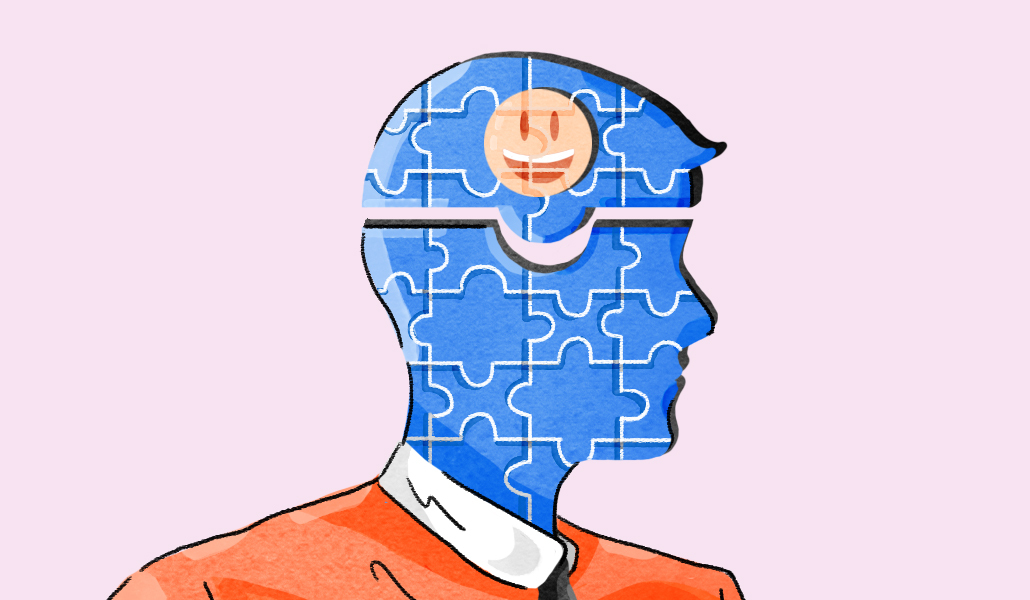Here are the five most common biases happening in the workplace

There are over 150 cognitives biases in the world. Out of those, there are around 25 that show up regularly in the workplace, including newer ones like proximity bias that surfaced after the hybrid work boom, and ones that we’re all familiar with like race and gender bias.
“When we hear bias, our minds immediately go to race, gender, maybe sexual orientation,” said Christy Pruitt-Haynes, global head of talent and performance practice at business and leadership consultancy NeuroLeadership Institute. “All of those are very real components of bias, however it’s really important for everyone in the workplace, especially leaders, to learn there are other types of bias as well that go beyond race and gender.”
There are five biases that are top of the list in terms of how pervasive they can be if they aren’t identified and mitigated as soon as the bias starts to happen. Yet, not all managers and executives are aware of all five and how frequently they impact the workplace. That’s why diversity, equity and inclusion leaders are calling for education and training around these biases.
“What’s interesting about cognitive bias is you can’t get rid of it completely,” said Tom Kilgore, senior director of DE&I at eCommerce fulfillment solution provider Radial, which hosts regular internal training sessions around bias in the workplace. “There’s no remedy, no pill. But you learn how to live with them and how to actually address them. By doing that, it can have a positive impact.”
And it’s something that people might have put on the back burner during the pandemic, but DE&I leader Jen Mahone Rightler says it’s important now more than ever to educate people around the different kinds of biases.
“There was such a focus on trying to figure out what the virtual space was going to look like that we relaxed a lot of the training around certain cultural nuances,” said Mahone Rightler. “We’re finding that as we’re coming back into the workplace, there are so many things we forgot about.”
Here’s a roundup of the five most common biases happening in the workplace, including what they are and how to mitigate them.
1. Affinity bias
Affinity bias is when someone has a natural affinity to someone. Kilgore says this unconscious bias shows up most frequently during the talent recruitment process. Someone might notice that the person went to the same university, is from the same state, or has similar hobbies, and then choose to hire that person instead of someone who might be a better fit for the job but doesn’t have any similarities to them.
“All those data points give us this huge endorphin rush every time when we connect to them,” said Kilgore. “Our brain starts to have this affinity towards that prospective candidate. As a result, when we talk about diversifying the workforce, you often hear ‘we are looking for someone who will be a good culture fit.’ And what happens is that you get clones of yourself.”
One way to mitigate affinity bias is to make sure that you are intentional with interview panels that are diverse, which would then help choose candidates that vary across race, age and gender.
2. Gender bias
Gender bias is one that people might be most familiar with. “It’s always going to be a big one,” said Mahone Rightler.
This bias can play out in multiple areas of the business, from hiring to project management. Kilgore says that an employee might see projects consistently assigned to men instead of women, which leads to a gap in representation.
“As we start to see that pattern unfold, we need to actually call it out,” said Kilgore. “It’s really important that we create a safe space where there is psychological safety where people feel compelled enough to do so.”
Bias disruptors are extremely important in the workplace, and can help someone realize they are leaning into an unconscious bias even if they don’t realize it themselves right away.
3. Recency bias
As the year winds down and performance reviews might be happening, leaders should be especially mindful of recency bias. Kilgore says that this is a hot period in which recency bias can thrive. While a leader is supposed to assess an employee for an entire year, they might focus just on the end of the year – the most recent events.
One of the easiest ways to mitigate this is to lean on technology’s help. Have a management tool to track employees’ work across the entire year, rather than just focus on the past few months.
Pruitt-Haynes says that this can also happen during the hiring process as well, where someone who is interviewing candidates might rate the person they interviewed last very highly because it was the most recent one.
“Have a set of criteria when you’re making decisions,” said Pruitt-Haynes. “If it’s a hiring decision, have a rubric that says we’re looking for these things, and take notes on how closely each of those candidates match up to what you’re looking for. That moves us away from making a gut decision, which can be influenced by bias, and shifts our decision making to fact-based qualities we can really measure.”
4. Contrast bias
Often common with learning and development goals, contrast bias is when managers compare employees against each other, even if said employees need different things to succeed. “A one-size-fits-all approach doesn’t work with learning and development,” said Kilgore.
The solution here is for managers to understand that everyone works differently, and to not fall down a path in comparing employees. Kilgore says that if leaders do this, it becomes a bandwagon effect that can have a larger impact.
“If you’re constantly comparing two people, you minimize one person’s contributions,” said Kilgore. “Then other leaders will adopt the same perception of that person and spread a false stigma that could stunt their growth within the organization and lead to a lack of upward mobility.”
5. Fundamental attribution error
This is a tendency to explain someone’s behavior based on internal factors like personality traits, while underestimating the influence of external factors.
And the external factors could be plenty, especially with the rise of remote work. For example, an employee might not have their camera on frequently during work calls. Someone with fundamental attribution error might say that person is quiet, shy, and not a team player. However, the reality might very well be that this person is dealing with taking care of their multiple kids during the call, or have other things going on behind the scenes.
“But you’ve created the perception that this person isn’t a team player,” said Kilgore.
Thankfully, this can be easily mitigated through things like one-on-ones with team members, using intentionality to ask what’s going on in people’s outside lives. That might also mean paying attention to nonverbal cues and opening up for an honest conversation.

